Drink coffee in Colombia to see how Columbia Cafe promotes boutique coffee culture.
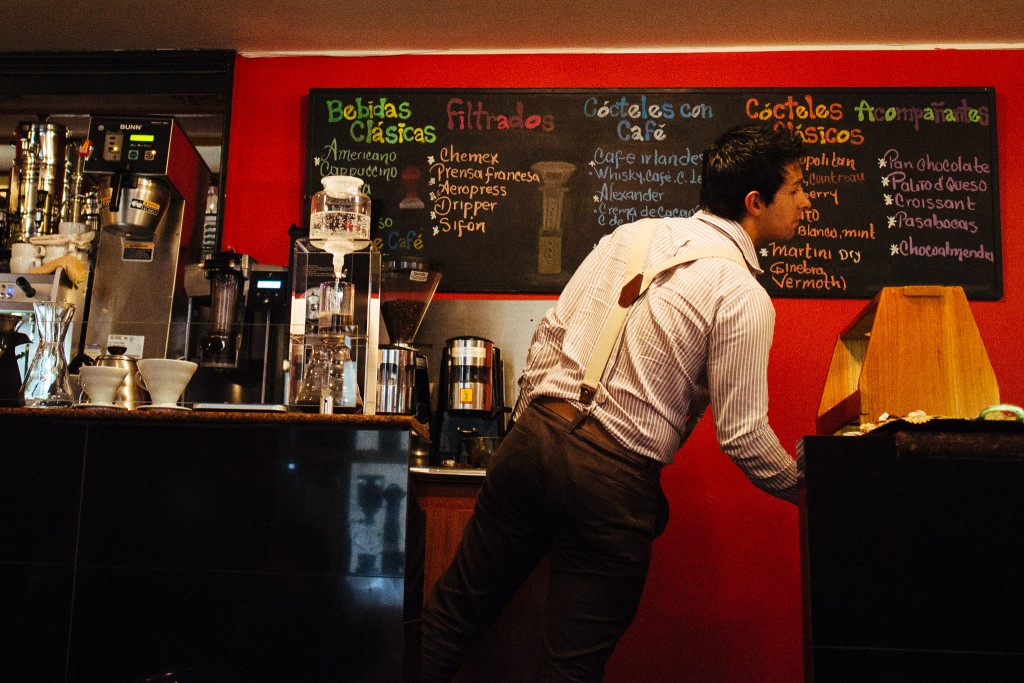
For professional baristas, please follow the coffee workshop (Wechat official account cafe_style)
People in the coffee industry who like coffee or coffee must be familiar with Colombian coffee. However, when talking to Colombians about coffee in the field, the most common response is:
"Yes, Colombia is obviously a coffee producer, but most people only drink three-in-one coffee. "
Yeah! I went around Colombia and found that people here drink a cup or two of coffee almost every day. All bakeries, restaurants and even grocery stores sell coffee. But it's all coffee and water, and the "black liquid" is boiled and put into a thermos.
As for supermarkets, they do sell some real coffee, but most of them are ground coffee powder, and there is always an unspeakable smell of fuel consumption after opening.
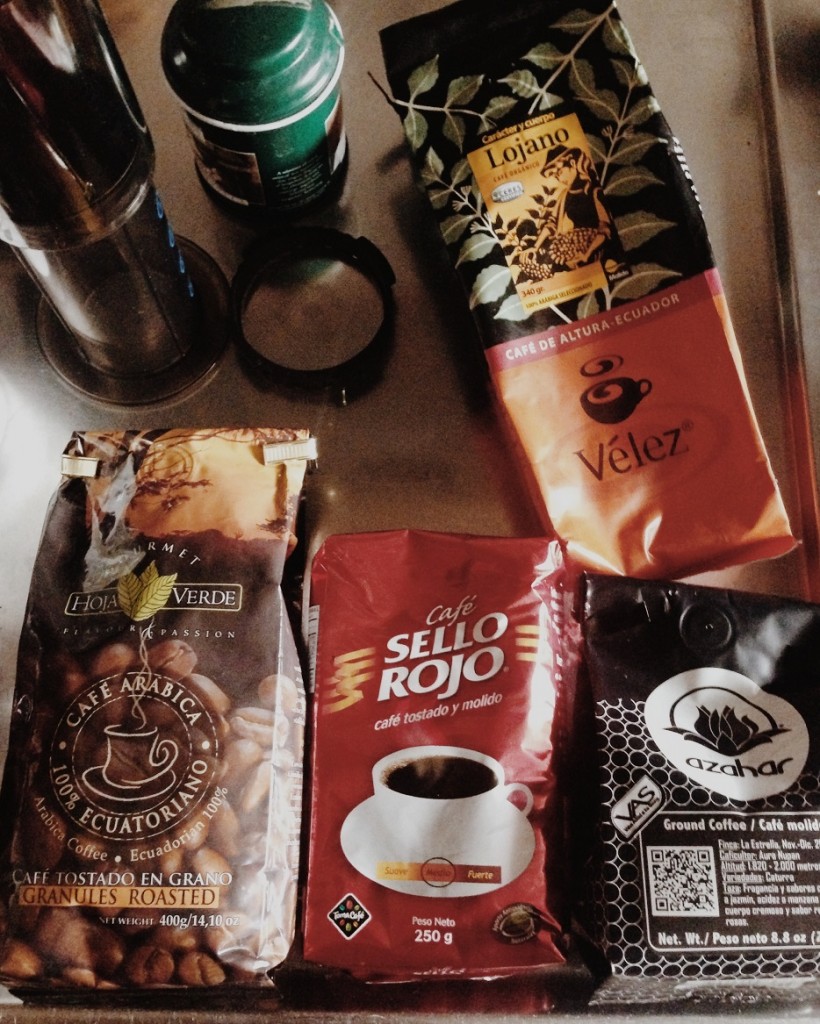
Although there is no lack of "organic" coffee brewed by my friend Zaikado at home, it is still not the taste in my heart. The fact that I can't find a palatable coffee in my life is really what I care about most.
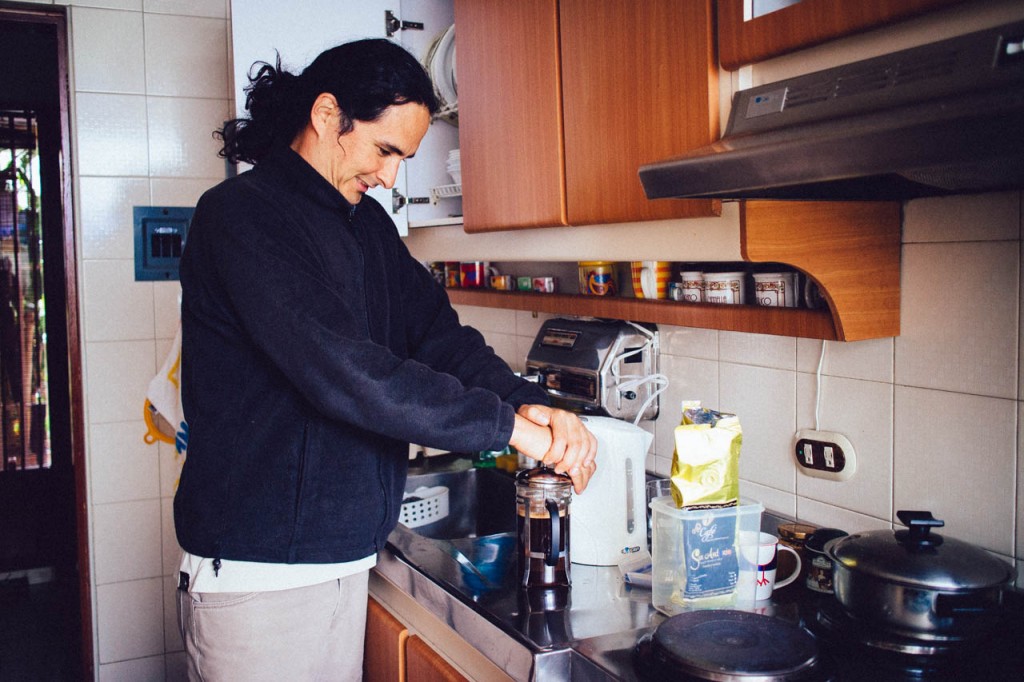
Fortunately, when we started moving in the interior of Colombia, we were introduced by friends to Monte Blanco, a coffee brand run by the coffee farm itself, and it was the first time I had a really intoxicating cup of coffee in Colombia. Then I went to the coffee town Salento and found a small coffee shop on the street corner that supported small farmers to create their own brand "Azahar". Listening to the boss seriously talking about his coffee concept, it finally makes people feel the warmth of Colombian local coffee.
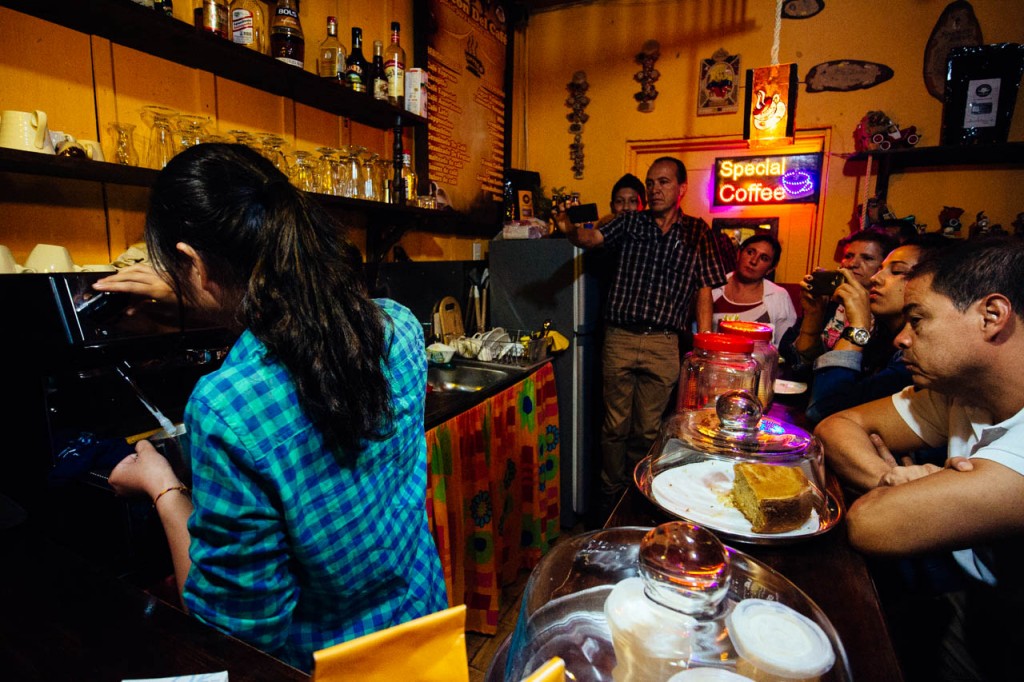
However, the one who is really powerful and spares no effort to promote coffee culture is the "Arte y Pasi ó n" (art and passion), which is located in the alley of the old city of Bogot á. Antonio Romero, the boss and chief Barista (the handsome guy in the first photo), is the winner of the 2013 Columbia Barista Competition and ranked sixth in the World Barista Competition.
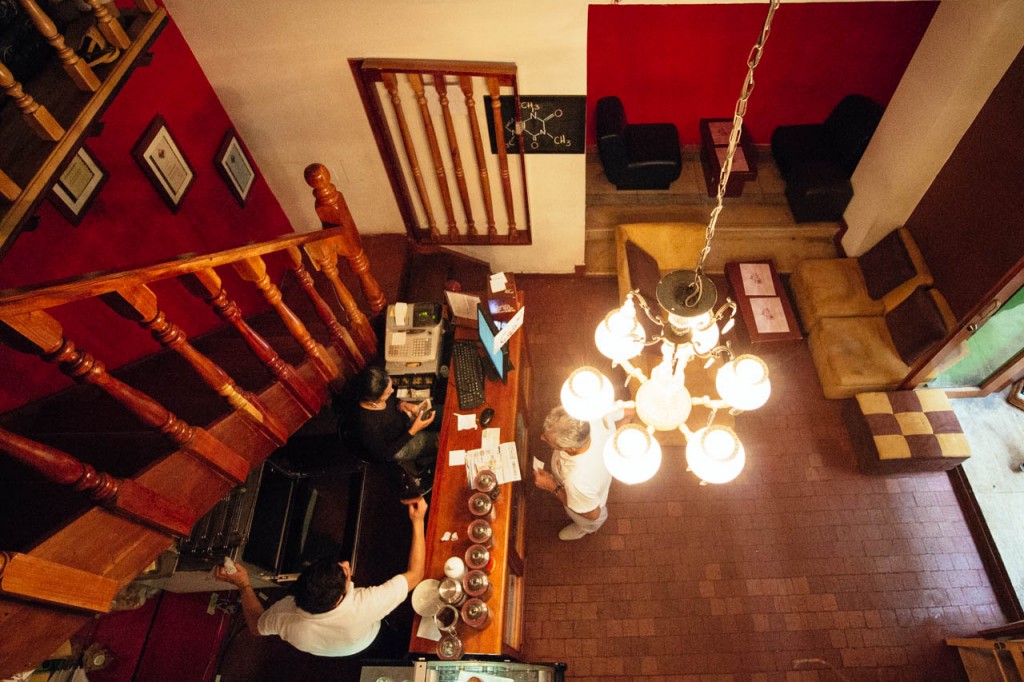
The first thing to order coffee here is to choose your favorite coffee beans. "Arte y Pasi ó n" provides a list of beans from several local estates. The Barista in the store will introduce them one by one and explain in detail the characteristics of different manor bean species.
Then we can choose the brewing method, Syphon, Chemex, Kono or espresso machine.
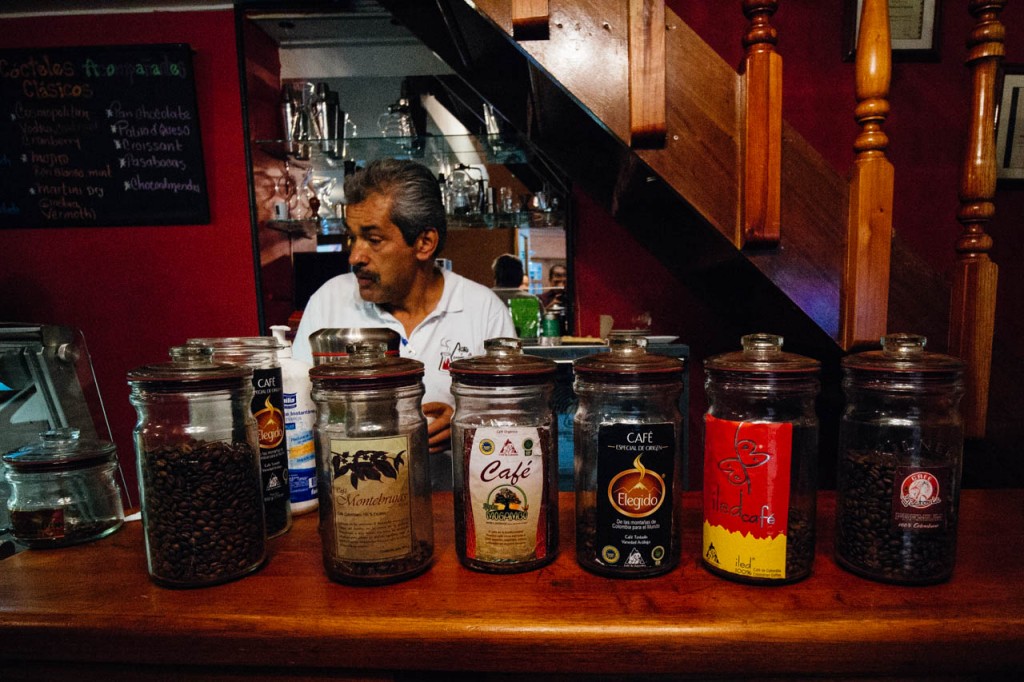
The ground coffee powder will also let the guests smell the fragrance first.
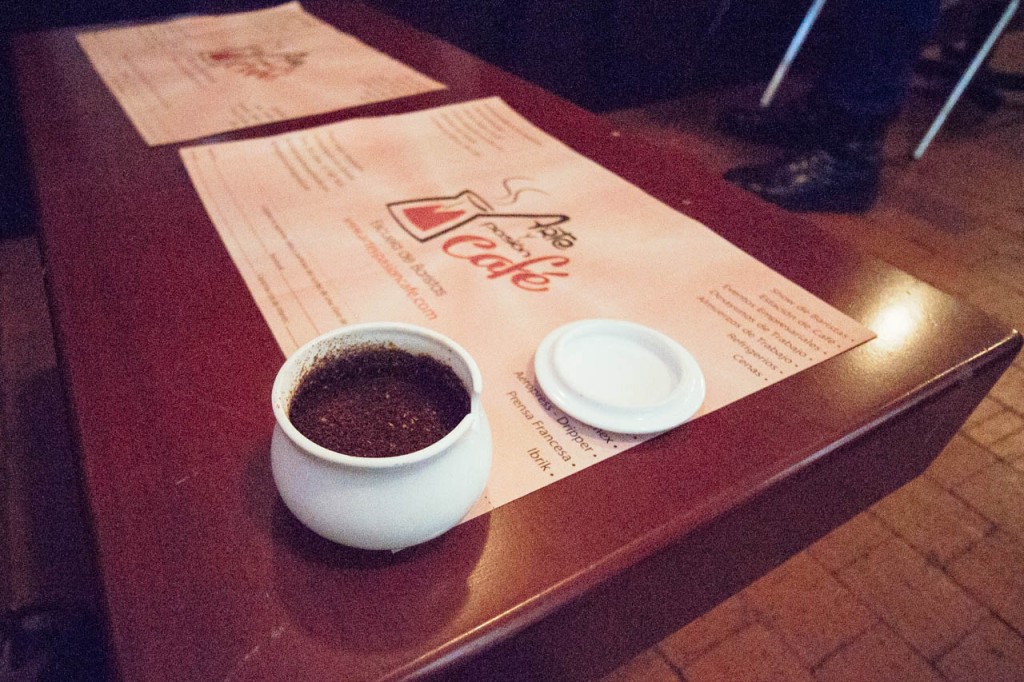
Then comes the big show! Instead of making coffee at the bar, Barista moved Syphon directly to you and explained it to you while demonstrating.
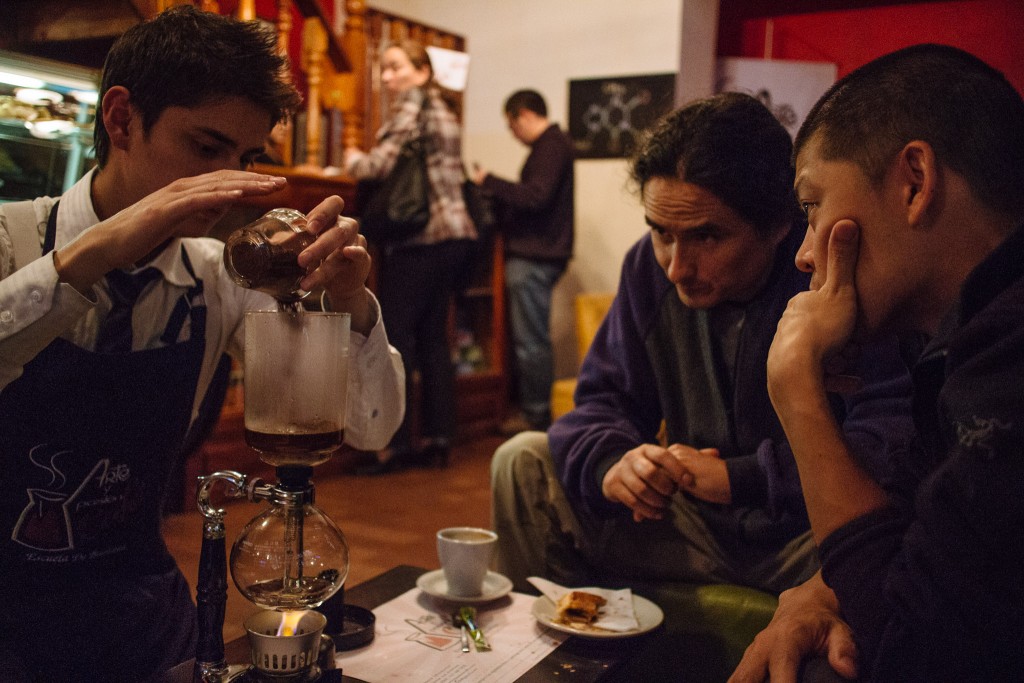
Even if I order a Cappuccino, I have to move the coffee and milk foam to the table and show me the flowers in front of me!
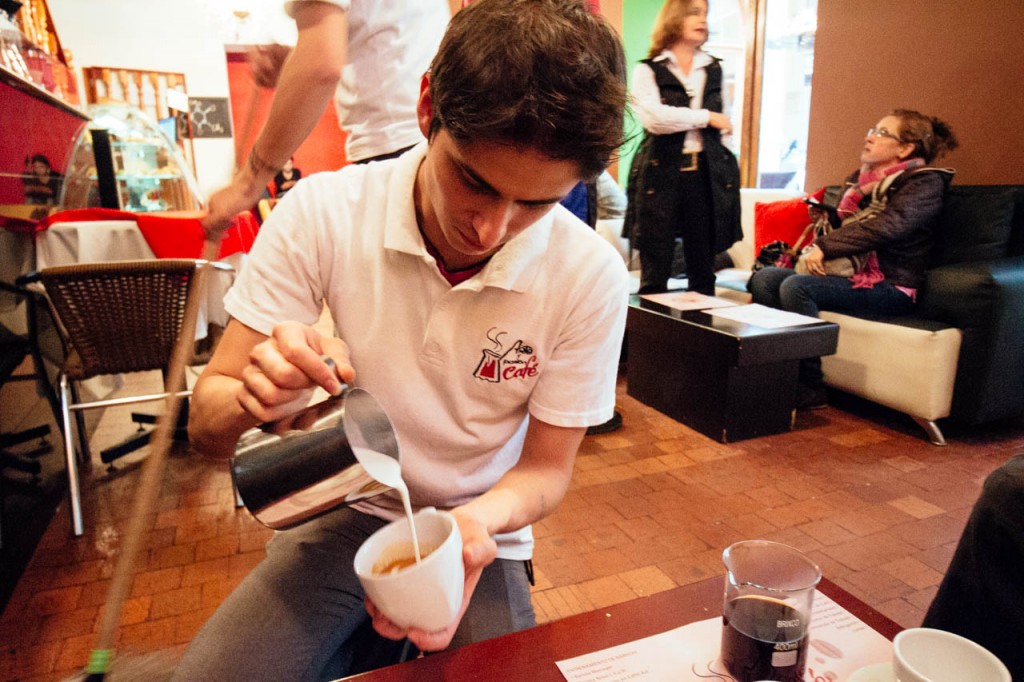
In "Arte y pass ó n", it seems that making coffee is a performance in pursuit of perfection! In addition to the flower show, this is also the training base for Barista. Walking up to the second floor, there is not much room for the coffee school set up by Antonio Romero. In addition to various courses, you can also "go downstairs" for internship directly after graduation. This is indeed a pioneering work in Colombia, where the general public is used to consuming shoddy coffee.
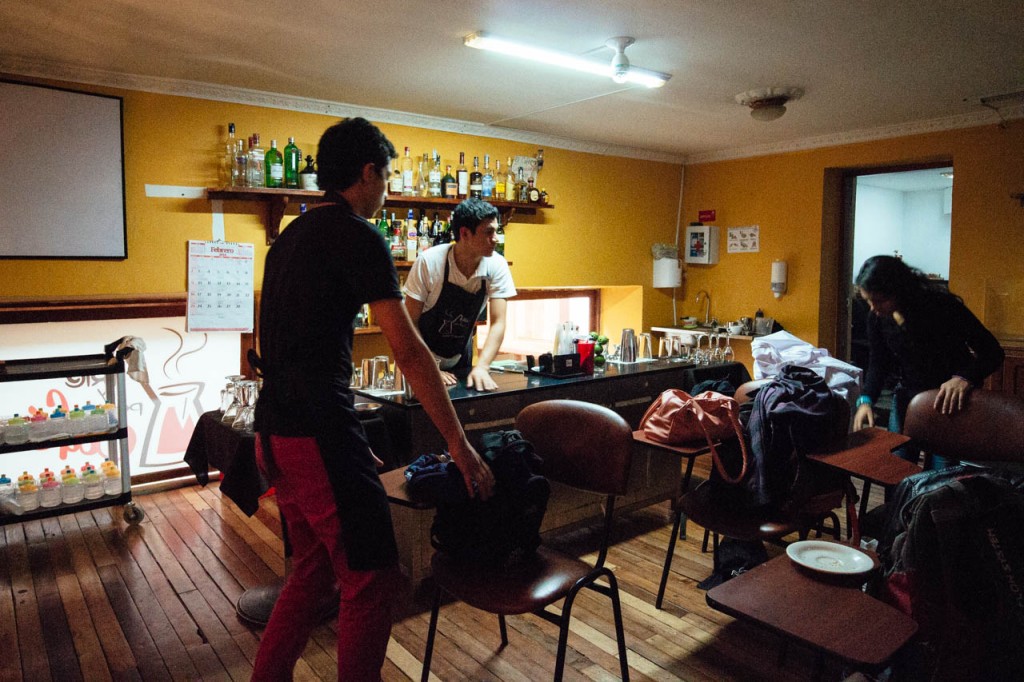
Colombia is the second largest coffee producer in the world and the largest exporter of Arabica beans! however, an actual visit to the producing area has found that almost all the high-value boutique coffee beans have been exported, but what you can drink locally is the three-in-one coffee produced by large international companies. Although there are some regrets in this trip to find the roots of the coffee producing area, we also found different surprises. Our local friend Zaikaduo followed us through "Arte y Pasi ó n", clamoring to sign up for coffee classes and immediately surfing the Internet to look for coffee equipment when he got home. I think gradually, coffee from amazing places will become popular in the streets and alleys.
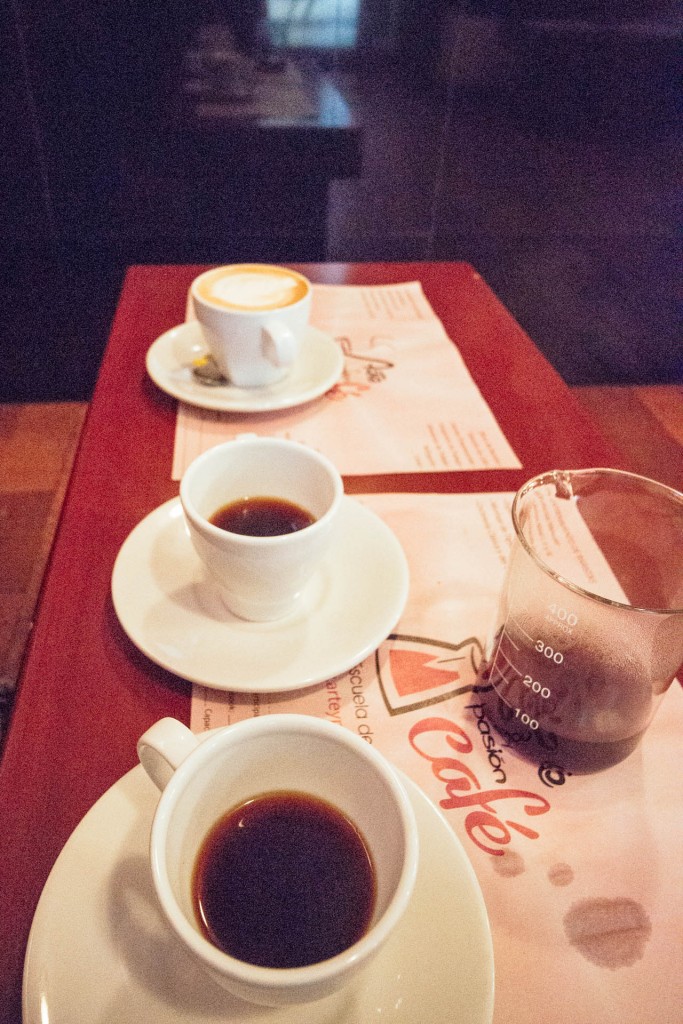
This article is transferred from the mobile pot Mi Cazuela
Important Notice :
前街咖啡 FrontStreet Coffee has moved to new addredd:
FrontStreet Coffee Address: 315,Donghua East Road,GuangZhou
Tel:020 38364473
- Prev
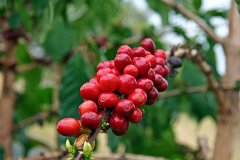
Sidamo Coffee, which is regarded as the best drink of 2016, describes the flavor of Bombe in the sun and drinks Sidamo.
For the exchange of professional baristas, please follow the coffee workshop (Wechat official account cafe_style) Sidamo Bombe Ethiopia Sidamo Bonbe Natural 2016 winter small 7 coffee advertisement in Ethiopia, featuring hot American style with Ethiopian sun beans and a limited amount of strained coffee. Although the focus is on Guilun magnesium, the filter hanging launched by the supermarket is really very nice.
- Next
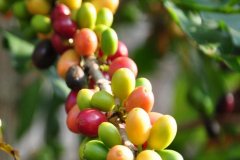
Hanging ears with the best Sidamo coffee is just to promote coffee-Sun Bombe Evaluation
For the exchange of professional baristas, please follow the coffee workshop (Wechat official account cafe_style) Sidamo Bombe Ethiopia Sidamo Bonbe Natural 2016 winter small 7 coffee advertisement in Ethiopia, featuring hot American style with Ethiopian sun beans and a limited amount of strained coffee. Although the focus is on Guilun magnesium, the filter hanging launched by supermerchants is really curious.
Related
- Detailed explanation of Jadeite planting Land in Panamanian Jadeite Manor introduction to the grading system of Jadeite competitive bidding, Red bid, Green bid and Rose Summer
- Story of Coffee planting in Brenka region of Costa Rica Stonehenge Manor anaerobic heavy honey treatment of flavor mouth
- What's on the barrel of Blue Mountain Coffee beans?
- Can American coffee also pull flowers? How to use hot American style to pull out a good-looking pattern?
- Can you make a cold extract with coffee beans? What is the right proportion for cold-extracted coffee formula?
- Indonesian PWN Gold Mandrine Coffee Origin Features Flavor How to Chong? Mandolin coffee is American.
- A brief introduction to the flavor characteristics of Brazilian yellow bourbon coffee beans
- What is the effect of different water quality on the flavor of cold-extracted coffee? What kind of water is best for brewing coffee?
- Why do you think of Rose Summer whenever you mention Panamanian coffee?
- Introduction to the characteristics of authentic blue mountain coffee bean producing areas? What is the CIB Coffee Authority in Jamaica?

